Imagine waking up in the middle of the night to find yourself standing in the kitchen or having a vivid, terrifying dream that feels almost real. These behaviors are a part of parasomnias, a category of sleep disorders characterized by unusual experiences that occur while transitioning between sleep stages or from sleep to wakefulness. Although generally harmless, parasomnias can lead to injury and emotional stress, both for those experiencing the symptoms and their families.
In this blog, we’ll explore parasomnias, their different types, causes, symptoms, and treatment options. Through real-life scenarios, we’ll uncover what life with parasomnias can look like and offer insights for better understanding and management.
1. What Are Parasomnias?
Parasomnias are disruptive sleep-related experiences or behaviors that intrude upon regular sleep. They fall into three main categories based on when they occur: disorders of arousal (which happen during non-REM sleep), REM sleep disorders, and other unusual parasomnias that don’t fit neatly into the other categories.
Scenario: Emily’s Sleepwalking Adventures
Emily, a 10-year-old girl, had developed a habit of sleepwalking. Her parents often found her wandering around the house, her eyes open but with a blank, distant expression. In the morning, Emily had no memory of her midnight strolls. Worried about her safety, her parents sought help and learned that Emily was experiencing a common parasomnia known as sleepwalking, typically harmless but sometimes needing guidance to prevent potential injuries.
2. Disorders of Arousal: When Non-REM Sleep Gets Interrupted
Disorders of arousal occur during the deeper stages of non-REM sleep and include confusional arousals, sleep terrors, and sleepwalking. These episodes happen when the brain transitions between deep sleep and wakefulness without fully achieving either state, leading to strange or unsettling behaviors.
-
a) Confusional Arousals
In confusional arousals, individuals wake up confused, disoriented, and sometimes agitated. While children experiencing these episodes might cry or scream, adults can appear groggy and unaware of their surroundings.
Case Example: Jake’s Early Morning Confusion
Jake, a 3-year-old, often woke up screaming and unable to be comforted. He looked at his parents without recognition, crying inconsolably, and then fell back asleep. His parents were worried until their pediatrician explained that Jake’s episodes were confusional arousals. Thankfully, they learned that most children outgrow them without long-term effects.
-
b) Sleep Terrors: Nightmares You Don’t Remember
Sleep terrors, or night terrors, are sudden awakenings marked by intense fear, screaming, and sometimes violent movements. Unlike nightmares, the person typically doesn’t recall the episode.
Case Example: Sarah’s Sleepless Nights
Sarah, a 7-year-old, would suddenly sit up in bed, scream, and thrash around, terrifying her parents. Attempts to comfort her only made her more agitated. Her episodes were later identified as sleep terrors, a non-REM parasomnia. Her doctor advised her parents to ensure her room was safe and assured them that sleep terrors are usually harmless and fade over time.
-
c) Sleepwalking: Moving in the Dream World
Sleepwalking involves getting out of bed and moving around, often with eyes open but without full awareness. This condition is more common in children but can persist into adulthood in some cases.
Case Example: The Mysterious Night Wanderer
Michael, a 14-year-old, would regularly find himself in different parts of the house upon waking. Once, he even found himself outside! After a few close calls, Michael’s family worked to create a safer sleeping environment, locking doors and securing stairs. They learned that most sleepwalkers like Michael grow out of the behavior, but adjustments to their environment can prevent injuries.
3. REM Sleep Behavior Disorder: Acting Out Dreams
REM sleep behavior disorder (RBD) is a parasomnia where people physically act out vivid, often intense dreams due to the loss of typical muscle relaxation during REM sleep. Unlike those with other parasomnias, individuals with RBD can recall their dreams in detail and may inadvertently harm themselves or their bed partners.
Case Example: Ben’s Midnight Boxing Matches
Ben, a 60-year-old retired police officer, started having dreams where he was back in action, fighting off imaginary attackers. His wife woke one night to find Ben thrashing his arms and even accidentally hitting her. After discussing his symptoms with a sleep specialist, Ben was diagnosed with RBD. Treatment with medications and safety precautions in their bedroom helped manage his symptoms.
4. Nightmares: When REM Sleep Becomes Terrifying
Nightmares are frightening dreams that usually awaken the sleeper from REM sleep. They can leave the person feeling anxious, distressed, and unable to fall back asleep. Nightmares are common in children and tend to decrease with age, although they can persist in adults, particularly following traumatic events.
Scenario: The Fearful Nights of Anna
Anna, a 35-year-old teacher, started experiencing nightmares following a stressful period at work. These dreams were so vivid and disturbing that she would often wake up in a cold sweat, unable to sleep soundly afterward. With the help of relaxation techniques, Anna learned to manage her anxiety before bed, which significantly reduced the frequency of her nightmares.
5. Other Uncommon Parasomnias
Some parasomnias don’t fit neatly into non-REM or REM categories and can be quite surprising or alarming.
- Exploding Head Syndrome: People with this condition experience a loud, sudden noise or explosion in their head as they’re drifting off to sleep. Though startling, it’s harmless.
- Sleep-Related Eating Disorder: Individuals wake up to eat in the middle of the night, often without memory of doing so. This behavior can lead to weight gain and health issues.
- Sleep-Related Groaning (Catathrenia): This condition involves groaning or moaning sounds during sleep, often in REM. It’s typically not harmful but can be distressing for bed partners.
Scenario: Matt’s Strange Noises
Matt, a 26-year-old law student, began waking up feeling embarrassed after his girlfriend mentioned his strange groaning sounds at night. He had no idea this was happening, but after a doctor’s visit, he was diagnosed with catathrenia. Reassured by his doctor that this condition is generally benign, Matt learned that a bit of humor and understanding from his partner could help them both get through his unusual nighttime noises.
6. Causes and Risk Factors of Parasomnias
Parasomnias can be triggered or worsened by various factors, such as:
- Genetics: A family history of sleep disorders increases the likelihood of parasomnias.
- Stress and Anxiety: Emotional stress can exacerbate parasomnias, especially in adults.
- Sleep Deprivation: Inadequate sleep can make it more likely for episodes to occur.
- Medications and Substances: Certain medications and substances, such as alcohol or sedatives, can heighten parasomnia episodes.
- Underlying Neurological Disorders: In cases of RBD, the parasomnia may be linked to neurological diseases, such as Parkinson’s disease.
7. Diagnosis and Evaluation: Getting to the Bottom of Parasomnias
Diagnosing parasomnias often starts with a comprehensive medical and sleep history. Family members or bed partners can provide critical insights into the episodes, as those with parasomnias are often unaware of their own behaviors.
- Polysomnography (Sleep Study): This overnight test monitors brain activity, eye movement, muscle tone, and breathing. It’s particularly useful for differentiating parasomnias from other conditions, such as epilepsy.
- Video Monitoring: In cases where physical movements are a concern, video monitoring during sleep can provide additional insight into the specific behaviors exhibited during episodes.
8. Treatment Options: Managing and Minimizing Risks
Treatment for parasomnias depends on the type and severity of the disorder, as well as the impact on safety and daily life.
a) Creating a Safe Sleep Environment
For people prone to sleepwalking or other movement-related parasomnias, creating a secure environment is critical. This might include:
- Removing objects that could cause injury.
- Securing doors and windows.
- Placing alarms or bells on doors to alert family members if the person is sleepwalking.
Scenario: Setting Up Safety for Max
Max, a 9-year-old sleepwalker, was found in the kitchen one night, trying to open the refrigerator in his sleep. His family installed safety locks on doors and kept a bell on his bedroom door to help them wake up if he wandered. These small adjustments gave his family peace of mind and prevented potentially dangerous situations.
b) Medication Options for REM Sleep Behavior Disorder
In cases of REM sleep behavior disorder, certain medications can help reduce episodes. Clonazepam, a type of benzodiazepine, is often prescribed and can effectively manage RBD symptoms. Melatonin is another option, particularly for individuals sensitive to benzodiazepines.
c) Behavioral Therapy and Lifestyle Adjustments
For individuals with stress-induced parasomnias, behavioral therapy can help. Cognitive-behavioral therapy (CBT) and relaxation techniques may alleviate symptoms by addressing underlying anxiety and stress.
- Scheduled Awakenings: For children with frequent episodes, scheduled awakenings can be effective. This technique involves gently waking the child just before the usual time of the parasomnia episode, which can help “reset” the sleep cycle.
- Managing Stress: Meditation, breathing exercises, and establishing a calming pre-sleep routine can reduce the likelihood of parasomnias in people prone to stress-triggered episodes.
Scenario: Christine’s Journey with Therapy
Christine, a college student, experienced intense nightmares after a traumatic event. She turned to therapy to address her anxiety and worked with a therapist on relaxation techniques before bed. Over time, her nightmares became less frequent, and her sleep quality improved.
9. Living with Parasomnias: Support and Understanding
For those experiencing parasomnias and their families, understanding and support can make a significant difference. Education about the disorder, maintaining open communication, and having a plan in place can help individuals and their families cope more effectively.
Scenario: Learning to Cope as a Family
John, a 12-year-old with sleep terrors, frightened his younger siblings with his nighttime outbursts. His family educated themselves about parasomnias and explained to his siblings that John wasn’t aware of his actions and couldn’t control them. This family-centered approach created a supportive environment for John, helping his siblings understand that these episodes weren’t something to be afraid of.
Conclusion: Understanding and Managing Parasomnias for Better Sleep
Parasomnias might seem daunting, but they are manageable with the right approach. With proper diagnosis, safety measures, and in some cases, therapeutic support, individuals with parasomnias and their families can enjoy peaceful nights and restful sleep. If you or someone you know experiences unusual sleep behaviors, consulting a sleep specialist can be the first step toward better understanding and management.
TAGS: Parasomnias, non-REM sleep, REM sleep disorders, parasomnia, Disorders of Arousal, Confusional Arousals, Sleep Terrors, Sleepwalking, REM sleep behavior disorder, Nightmares, Exploding Head Syndrome, Sleep-Related Eating Disorder, Sleep-Related Groaning, Sleep Deprivation, Polysomnography, RBD, catathrenia
Disclaimer: All characters and events depicted in this blog are entirely fictional. Any resemblance to actual persons, living or dead, is purely coincidental. The content is intended for informational purposes only and should not be considered as medical advice. Always consult a qualified healthcare professional for medical concerns.
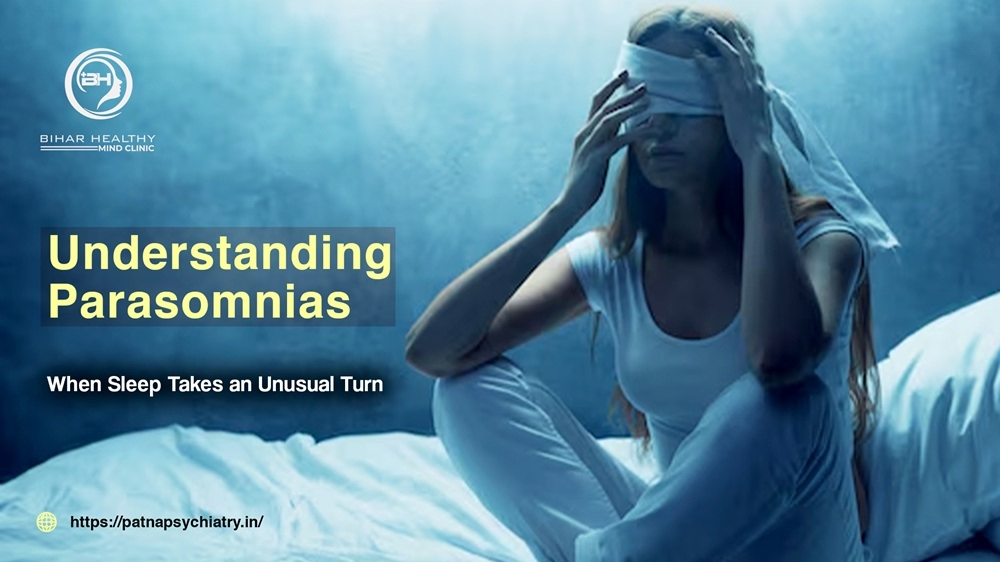

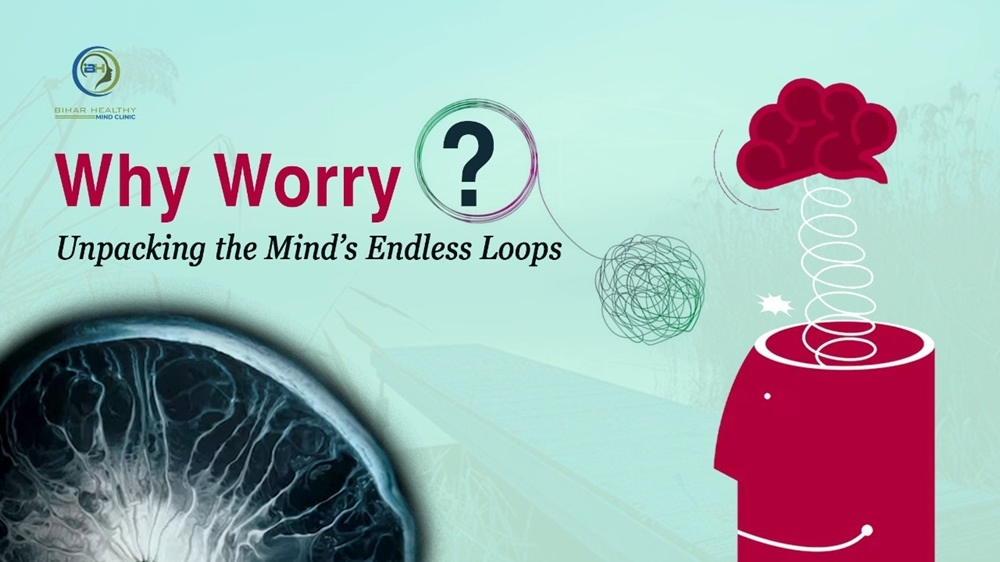
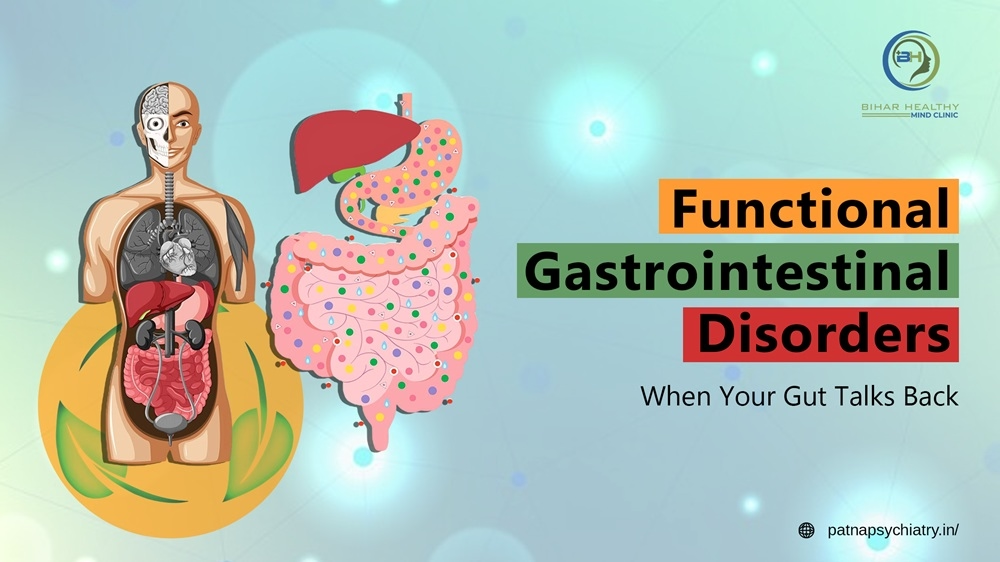
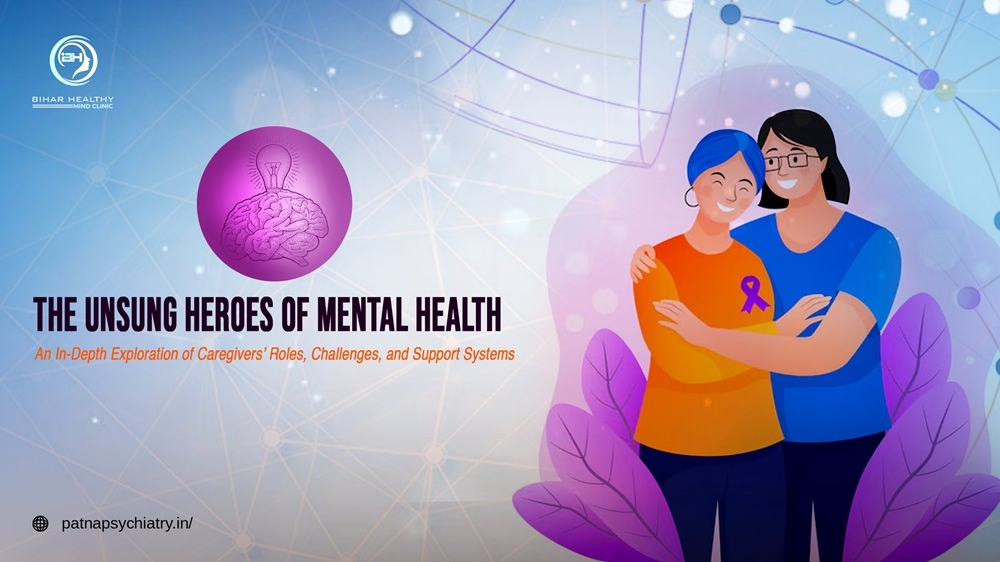
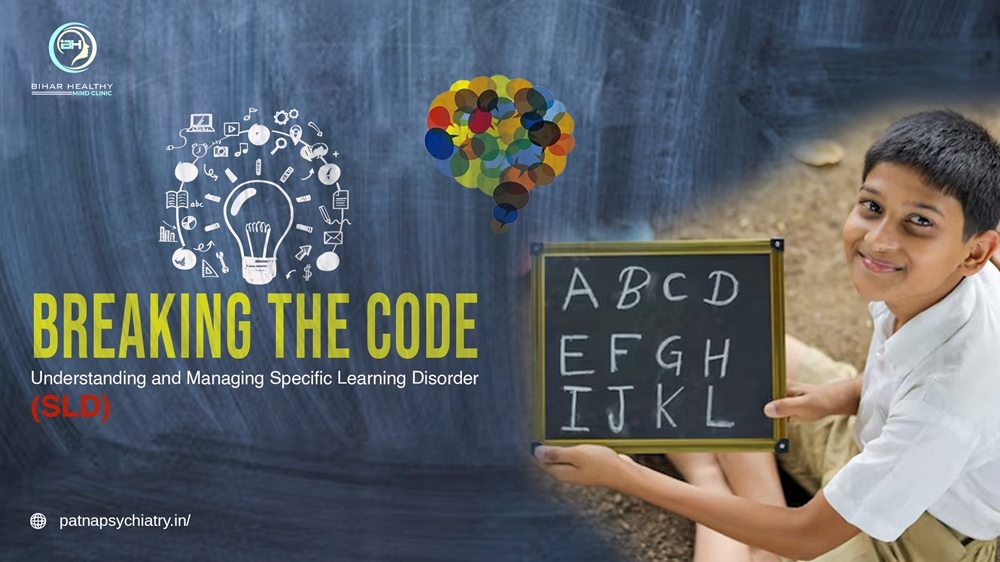
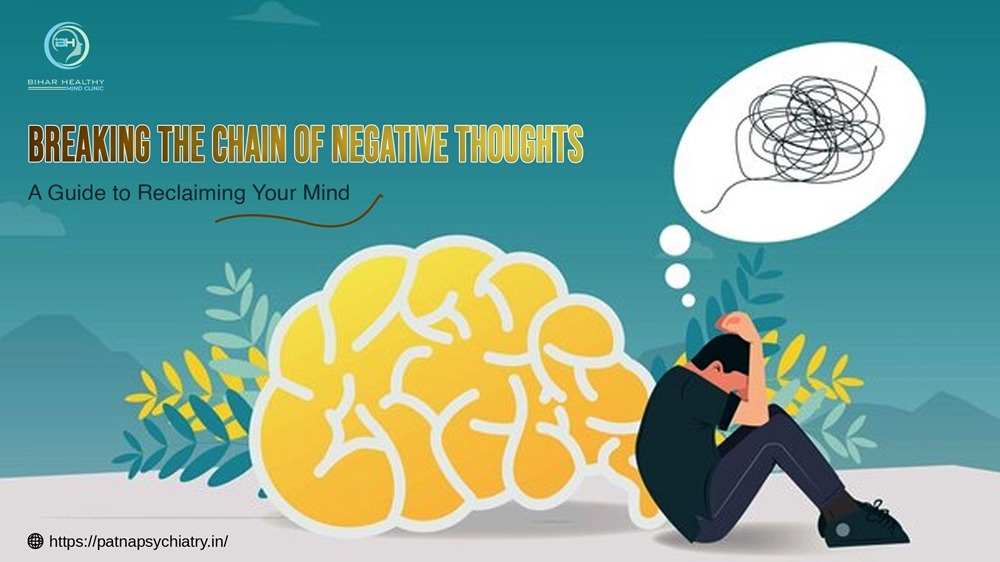
The Is This a Cry for Help PDF is available for you. This digital file is quick. Download the novel now and start reading. https://isthisacryforhelppdf.site/ Is This A Cry For Help Lgbtq Novel Pdf
Indulge in a narrative that engages all your senses from the very first chapter. A With the Fire on High PDF is the best way to enjoy this modern classic on the go. Let the story of a girl with a magical touch for cooking inspire you today. https://withthefireonhighpdf.site/ With The Fire On High Pdf Reader
Born of Trouble is a testament to the power of storytelling. This incredible journey is now yours to own in a digital pdf format. Feel every emotion and visualize every scene as you navigate the complex world created by a master author. Start your download and start your journey. https://bornoftroublepdf.site/ Science Fiction Pdf Library
I find that reading helps me sleep. A gentle story from an archive of romance is my sleeping pill. I read a low-stakes, sweet PDF novel in bed, and it helps quiet my racing thoughts, allowing me to drift off into a peaceful slumber. https://anarchiveofromancepdf.top/ An Archive Of Romance Pdf File
The Anatomy of an Alibi PDF offers way. Download file. mobile PC. https://anatomyofanalibipdf.top/ Anatomy Of An Alibi Pdf Download
Enter a realm of secrets where trust is a luxury. This domestic drama is compelling and intense. The My Husband's Wife PDF allows you to read on the go. secure the book and watch the relationship between a husband and wife implode. https://myhusbandswifepdf.top/ My Husband's Wife Hardcover Pdf
For a reading experience that makes you scream, you can trust this digital edition. The PDF maintains the integrity of the original layout. It is perfect for students, professionals, and casual readers alike who want easy access to top-tier literature without carrying physical copies. https://youcanscreampdf.top/ Rebecca Zanetti You Can Scream Epub Free
Discover history with the Alcott Hall PDF. The document is thorough. Secure your copy. https://alcotthallpdf.top/ Alcott Hall Pdf Mirror
Enjoy the comfortable reading experience of this digital edition. The PDF of It Should Have Been You is comfy. It should have been you relaxing with it. Get the download today and enjoy. https://itshouldhavebeenyoupdf.top/ It Should Have Been You Publisher
I appreciate the ability to search by author. An archive of romance makes it easy to complete a bibliography. I find an author I like and download the PDF of every book they have ever written, working my way through their entire career. https://anarchiveofromancepdf.top/ An Archive Of Romance Chapters Pdf
If you are a fan of horror, this title will make you scream. You can get the PDF today and face your fears. Ideally suited for reading in the dark, this digital edition captures the atmosphere perfectly. It is a seamless download process for instant gratification. https://youcanscreampdf.top/ You Can Scream Advanced Reader Copy Pdf
Secure the Alcott Hall PDF file. This document offers insight. It is for you. https://alcotthallpdf.top/ Alcott Hall Pdf
Get the digital book that fits your mood. The PDF of It Should Have Been You is versatile. It should have been you choosing this story. Secure the copy today and start. https://itshouldhavebeenyoupdf.top/ It Should Have Been You Book Cover
You can explore a new world today with a book that might make you scream in surprise. The PDF file is compact yet high in quality, ensuring a great reading experience. It is the perfect solution for those who want to save shelf space but keep reading voraciously. https://youcanscreampdf.top/ You Can Scream Pdf Viewer Online
Sunrise on the Reaping by Suzanne Collins delivers the powerful backstory fans have craved through Haymitch's perspective during the Quarter Quell. This PDF reveals his tragic experiences twenty-four years before Katniss. Understand his pain before mentoring. Download free instantly without any registration today. https://sunriseonthereapingpdf.top/ When Does Sunrise On The Reaping Come Out?
Explore themes of identity crisis and the journey to self-acceptance. https://heiroffirepdf.top/ Heir Of Fire
Iron Flame PDF: Pure dragon passion! Violet rises radiant. Get free now at ironflamepdf.top! https://ironflamepdf.top/ Iron Flame Pdf Download Free
Rhysand's inner circle is squad goals. Join them in the A Court of Mist and Fury PDF. This download introduces the best friend group in fantasy. Read it to feel the camaraderie. https://acourtofmistandfurypdf.top/ What Book Comes After A Court Of Mist And Fury
A blend of military strategy and magical chaos. The Fourth Wing PDF offers a smart look at war. It appeals to fans of tactical fantasy. https://fourthwingpdf.top/ Fourth Wing Pdf
Experience the novel that defines a genre. With our easy-to-use platform, downloading The Nightingale PDF is quick and simple. Let the story of Vianne and Isabelle inspire you as they face the impossible choices that war forces upon ordinary people. https://thenightingalepdf.top/ the nightingale book
Stop chasing fad diets. Start your journey to Metabolic Freedom and unlock sustainable wellness. https://metabolicfreedom.top/ metabolic freedom book free
perflexiti https://uniqueartworks.ru/perplexity-kupit.html
???????? ?????? ?????? ??? ?????? — ??????? ??????? ??? ?????? ????????????. https://gratiavitae.ru/
Game shows function as cultural touchstones documented at https://australiangameshows.top/ creating nostalgic connections enduring decades.
Dejalos estar es el mantra para quienes quieren vivir con menos ansiedad y mas autenticidad. https://lateorialetthem.top/ la teor?a let them. la clave est?? en soltar pdf
La vida es mas facil cuando aceptas que no todo depende de ti. Suelta y permite que fluya. https://lateorialetthem.top/ the let them theory free download pdf
No necesitas la aprobacion de nadie para vivir bien. Descubre el poder transformador de Let Them. https://lateorialetthem.top/ let them theory pdf download free
Dejalos estar no es indiferencia, es autorrespeto. Aprende a aplicarlo y transforma tu vida hoy. https://lateorialetthem.top/ who created the let them theory
Gain clarity on what really drives metabolic health - and how to take action without overwhelm. https://metabolicfreedom.top/ metabolic freedom pdf free download
Struggling with weight, fatigue, or cravings? Metabolic Freedom addresses the root cause in 30 days. https://metabolicfreedom.top/ ben azadi metabolic freedom book
93% of Americans are metabolically unhealthy. This book shows you how to flip the script in 30 days. https://metabolicfreedom.top/ metabolize to freedom shirt
Metabolic Freedom gives men and women tailored strategies to optimize hormones and metabolism. https://metabolicfreedom.top/ metabolic freedom book pdf
??????? ??? ?????????: ???????????, ???????????, ???????? ?????????. ?????????? ??? ??????? https://artisanalcrafts.ru/
I think this is among thhe so much important info
foor me. And i'm satisfied readinhg your article. However wannaa
statement on few normal things, The website stle is wonderful, thhe articles is truuly great :
D. Excellent process, cheers https://www.waste-Ndc.pro/community/profile/tressa79906983/